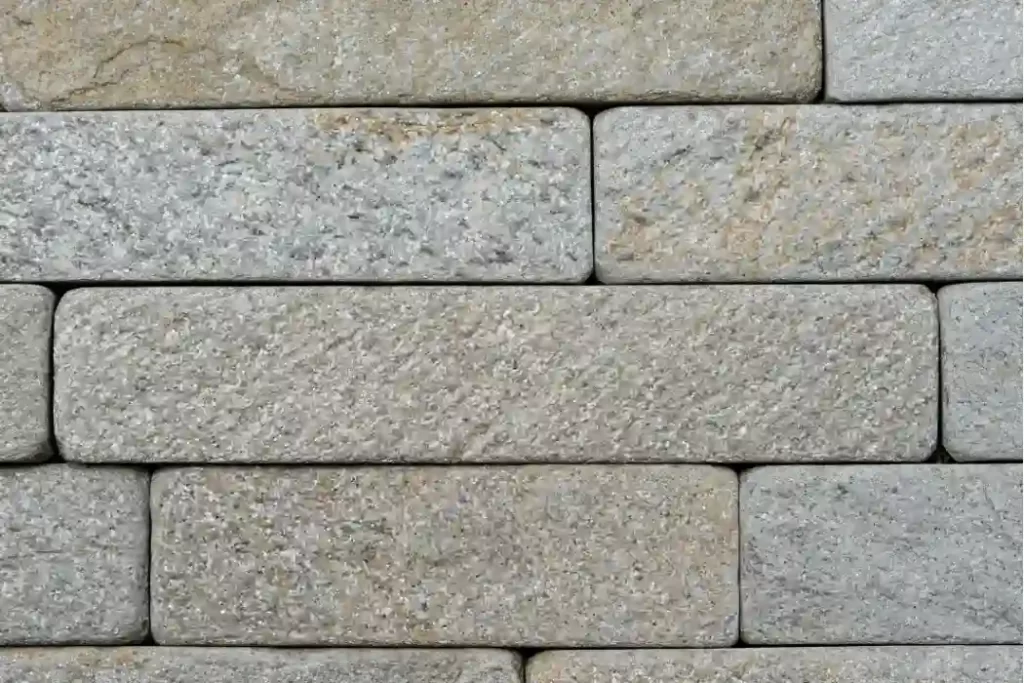Stone cladding is a popular technique used to enhance the aesthetics and durability of walls, both in residential and commercial settings. By applying a layer of natural or manufactured stone to the surface, you can add texture, depth, and character to your walls. For a comprehensive source of knowledge on adding texture and character to your walls with stone cladding, you can refer to reputable architecture and interior design websites, construction magazines, and professional stone masonry associations. In this article, we will explore the benefits of stone cladding, the different types available, how to choose the right stone, the installation process, design ideas, maintenance tips, and the cost associated with this technique.
The Benefits of Stone Cladding
Stone cladding offers numerous advantages that make it a desirable choice for wall enhancement:
Enhances Aesthetics
Stone cladding instantly transforms plain walls into visually appealing features. The natural variations in color, texture, and pattern of the stones create a unique and organic look. Whether you prefer a rustic, traditional, or contemporary style, stone cladding can be tailored to suit your aesthetic preferences.
Provides Durability
One of the primary reasons for choosing stone cladding is its durability. Stone is a robust material that can withstand harsh weather conditions, extreme temperatures, and impact. It acts as a protective layer, shielding the underlying wall from damage and extending its lifespan.

Offers Thermal Insulation
Stone cladding provides an additional layer of insulation to your walls. It helps regulate the temperature inside your building, reducing the need for excessive heating or cooling. This energy-efficient feature can contribute to lower utility bills and a more comfortable living or working environment.
Requires Minimal Maintenance
Unlike other wall finishes, stone cladding requires minimal maintenance. Regular cleaning with mild soap and water is usually sufficient to keep the stones looking their best. Additionally, the durability of stone reduces the need for frequent repairs or replacements, saving you time and money in the long run.
Types of Stone Cladding
There are two main types of stone cladding available: natural stone cladding and manufactured stone cladding.
Natural Stone Cladding
Natural stone cladding involves using real stones sourced from quarries. Common types of natural stones used for cladding include granite, limestone, slate, and sandstone. Each type has its own unique characteristics, such as color variations and textures, offering a wide range of design options.
Manufactured Stone Cladding
Manufactured stone cladding, also known as faux or cultured stone, is a man-made alternative to natural stone. It is created by blending cement, aggregates, and pigments to mimic the appearance of various types of natural stone. Manufactured stone is lighter and more affordable than natural stone, making it a popular choice for many projects.
Choosing the Right Stone for Cladding
When selecting stones for cladding, several factors should be considered to ensure the best outcome:
Consider the Style and Architecture of the Building
The style and architecture of the building play a crucial role in choosing the right stone cladding. For traditional or rustic designs, natural stones with warm tones and textured surfaces may be preferred. In contrast, contemporary buildings often benefit from sleek and uniform stone finishes.
Evaluate the Climate and Weather Conditions
The climate and weather conditions in your region can impact the choice of stone. For areas with extreme temperatures or high moisture levels, it’s important to select stones that are weather-resistant and able to withstand the local climate without deteriorating.
Determine the Budget
Your budget will also influence the type of stone cladding you can afford. Natural stones tend to be more expensive due to their uniqueness and sourcing process, while manufactured stones offer a more cost-effective solution without compromising on aesthetics.
Installation Process of Stone Cladding
The installation process of stone cladding involves several steps:
Preparing the Surface
Before applying the stones, the wall surface needs to be prepared. It should be clean, dry, and free from any loose debris or contaminants. Depending on the condition of the wall, additional measures such as waterproofing or the use of a wire mesh may be necessary.
Applying the Adhesive
A high-quality adhesive or mortar is used to secure the stones to the wall. The adhesive is typically applied to the back of each stone, ensuring proper adhesion and bonding with the wall surface. The stones are then placed onto the wall, starting from the bottom and working upward.
Placing the Stones
During the installation process, careful consideration should be given to the arrangement and positioning of the stones. This includes ensuring proper alignment, staggering the joints to create a natural look, and maintaining consistent spacing between the stones.
Grouting and Sealing
Once the stones are in place, the gaps between them are filled with grout or mortar. This helps to strengthen the overall structure and provides a finished appearance. After grouting, the cladding should be sealed with a suitable stone sealer to enhance its longevity and protect it from stains or moisture.
Design Ideas for Stone Cladding
Stone cladding offers endless design possibilities for both interior and exterior applications. Here are a few ideas to inspire you:
Accent Walls
Creating an accent wall with stone cladding can be a focal point in any room. It adds visual interest and texture, making the wall stand out. Whether you choose to clad an entire wall or create a feature panel, stone cladding can add a touch of elegance to your space.
Fireplace Surrounds
A stone-clad fireplace surround can create a cozy and inviting ambiance in your living room or bedroom. Natural stones like limestone or slate are popular choices for fireplace cladding, providing a rustic and timeless charm.
Exterior Facades
Stone cladding can greatly enhance the curb appeal of your home’s exterior. It can be used to clad the entire facade or applied selectively to highlight specific architectural elements, such as columns or entryways. The choice of stone and the installation pattern can significantly influence the overall look and style of the building.
Interior Feature Walls
In addition to accent walls, stone cladding can be used to create striking feature walls in various areas of your home. Whether it’s in the dining room, bathroom, or hallway, a stone-clad feature wall adds texture and depth, creating a visually stunning focal point.
Maintenance Tips for Stone Cladding
Proper maintenance ensures that your stone cladding remains in excellent condition for years to come. Here are some essential tips:
Regular Cleaning
Regularly clean the stone cladding using a mild detergent or soap and water solution. Avoid using harsh chemicals or abrasive cleaners that can damage the surface of the stones. Gently scrub the stones with a soft brush or sponge and rinse thoroughly.
Inspection for Damage
Periodically inspect the stone cladding for any signs of damage, such as cracks, chips, or loose stones. Promptly address any issues to prevent further damage and ensure the structural integrity of the cladding.
Repairing and Replacing Stones
If you notice any damaged or loose stones, it’s important to repair or replace them promptly. Contact a professional stone mason who can assess the extent of the damage and carry out the necessary repairs using appropriate techniques.
Cost of Stone Cladding
The cost of stone cladding can vary depending on several factors:
Factors Affecting the Cost
- Type of stone: Natural stones are generally more expensive than manufactured stones.
- Stone size and thickness: Larger and thicker stones may cost more due to the increased material required.
- Installation complexity: Intricate patterns or challenging installation conditions can add to the overall cost.
- Project size: The total area to be clad will influence the cost, as larger projects require more materials and labor.
Average Price Range
On average, stone cladding can range from $20 to $50 per square foot, including materials and installation. However, it’s essential to obtain detailed quotes from reputable suppliers and contractors to get accurate pricing for your specific project.
Conclusion
Stone cladding offers a remarkable way to add texture, character, and sophistication to your walls. With its numerous benefits, such as enhanced aesthetics, durability, thermal insulation, and low maintenance, it has become a popular choice for both residential and commercial projects. By selecting the right type of stone, following proper installation techniques, and conducting regular maintenance, you can enjoy the beauty and longevity that stone cladding brings to your space.


